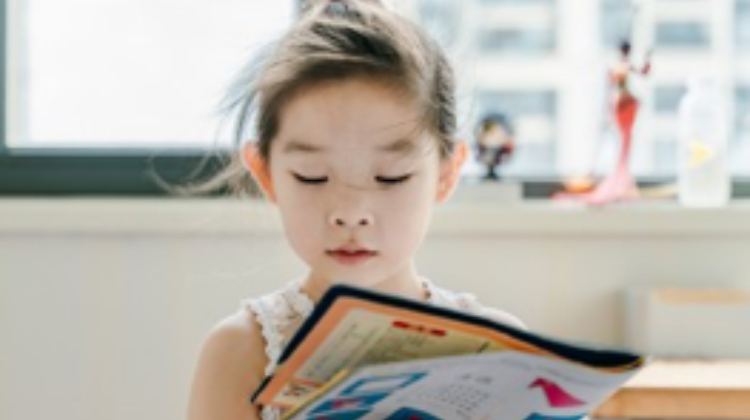More unicorns than non-white characters in kids’ books

If you are a child from a non-white background you will be more likely to see a dinosaur or a fairy as a main character in the books that you read rather than someone that might look like you.
That has grim consequences for these children’s sense of inclusion in the society despite Australia being one of the most culturally diverse places in the world.
Dr Helen Adam from Edith Cowan University’s School of Education investigated the cultural diversity of books housed in the kindergarten rooms of four long day care centres in Western Australia.
Only 18 per cent of 2413 books in the total collection contained any representation of non-white people.
“Many children from ethnic minority groups are more likely to see a dinosaur or rabbit as a main character in a book rather than a member of their own culture,” Dr Adam said.
“Minority cultures were often featured in stereotypical or tokenistic ways, such as portraying Asian culture with chopsticks and traditional dress.
“We also saw that characters that did represent a minority culture usually had secondary roles in the books, with the main characters being Caucasian.
“This is concerning as it can lead to an impression that whiteness is of greater value.”
Adam said children form impressions about ‘difference’ and identity from a very young age.
“Very early in life, children develop an awareness and recognition of difference, and evidence has shown they develop own-race bias from as young as three months of age,” she said.
“The books we share with young children can be a valuable opportunity to develop children’s understandings of themselves and others.
“Books can also allow children to see diversity and both similarities and difference between themselves and others. This can help develop understanding, acceptance and appreciation of diversity.”
Census data has shown Australians come from more than 200 countries, speak over 300 languages at home, belong to more than 100 different religious groups and work in more than 1000 occupations.
“Despite Australia’s multicultural society, the current overwhelming promotion of white middle class ideas and lifestyles risks alienating children from minority groups and giving white middle class children a sense of superiority or privilege,” Adam said.
The study was published in the Australian Educational Researcher.